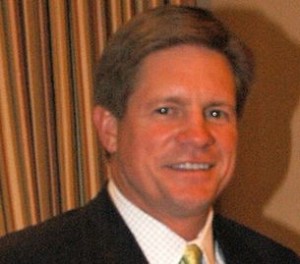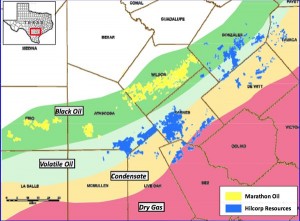Mr. Lewis controls Lewis Energy and has been drilling wells in South Texas for decades. The company isn't given credit for discovering what led to the modern day Eagle Ford boom, but they did test the Eagle Ford as early as 2002. Lewis leveraged early experience in the play to what is now considered a leading position. Industry experts estimate the company holds more than 400,000 acres prospective for the Eagle Ford. Forbes mentions the company holds 500,000 acres around the Eagle Ford, so it's safe to say it's a multi-billion dollar portfolio.
Acreage in the Eagle Ford has sold for anywhere from $10,000 to $25,000 per acre. At just $15,000 per acre, Lewis Energy operates over $6 billion worth of Eagle Ford acreage. That's just the land and doesn't account for the various services and contractors the company controls. Lewis operates the acreage and BP is a partner in the Eagle Ford. Details of the Lewis-BP joint venture were never released.
According to Lewis, “We (Lewis Energy) control our own destiny—by owning our own rigs, completions, and continually expanding our operations.”
Lewis has been in headlines recently due to a pending divorce. It could be one of the largest breakups in history, but it has been largely overshadowed by Harold Hamm's (Continental Resources founder and Bakken billionaire) pending divorce.
Lewis ranks #554 on Forbes' billionaire list. He is the second richest man in San Antonio. He is second to HEB founder Charles Butt ($7.4 billion). His billionaire profile is available at forbes.com
Richard Kinder - $9.8 Billion
Mr. Kinder is one of the founders and the CEO of Kinder Morgan. He was a billionaire before the Eagle Ford oil boom, but his company has invested billions in processing, pipelines, and related midstream infrastructure. In one of the biggest transactions of the year, Kinder Morgan acquired Copano Energy. Complimentary assets in the Eagle Ford were part of the motivation for the acquisition.
Kinder ranks #112 on Forbes' billionaire list. His billionaire profile is available at forbes.com
Scott Duncan - $5.2 Billion
He's an heir to Dan Duncan, who founded Enterprise Product Partners. Yes, he was already a billionaire, but Enterprise has invested more than $4 billion to expand and add midstream infrastructure in the Eagle Ford. When it is all said and done, Duncan and his siblings will likely add billions to their wealth because of investments in the Eagle Ford.
Duncan ranks #239 on Forbes' billionaire list. His billionaire profile is available at forbes.com
Aubrey McClendon - ?







